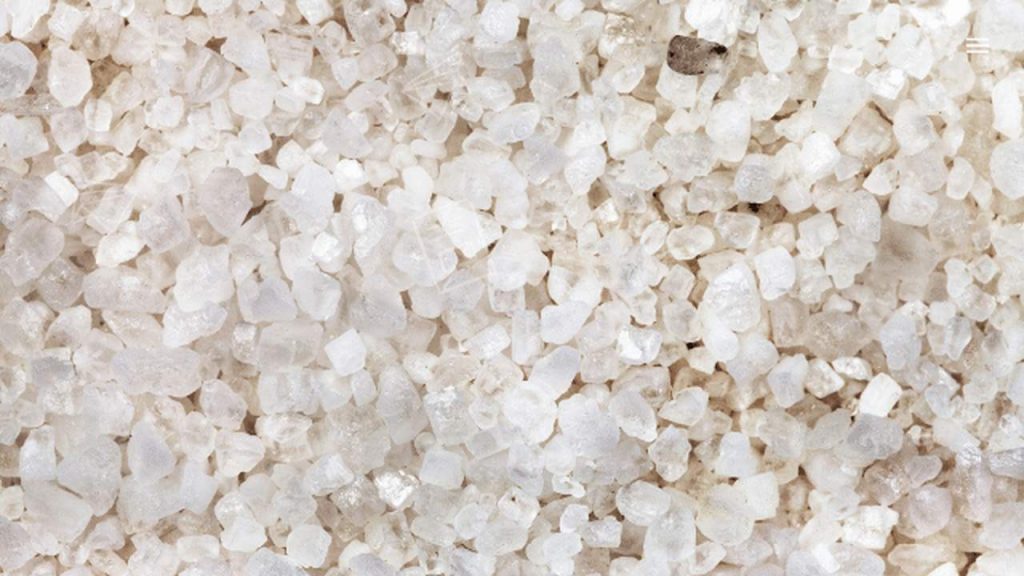Topic Content:
- Definition of Salt

The word ‘Salt’ is usually referred to as the common table salt added to food at home. It is generally known that table salt is a chemical known as Sodium Chloride.
We also have Ándrews Liver Salt’ which is used as an anti-acid. There are also chemical salts used for various purposes.
Definition of Salt:
You are viewing an excerpt of this Topic. Subscribe Now to get Full Access to ALL this Subject's Topics and Quizzes for this Term!
Click on the button "Subscribe Now" below for Full Access!
Subscribe Now
Note: If you have Already Subscribed and you are seeing this message, it means you are logged out. Please Log In using the Login Button Below to Carry on Studying!



Good